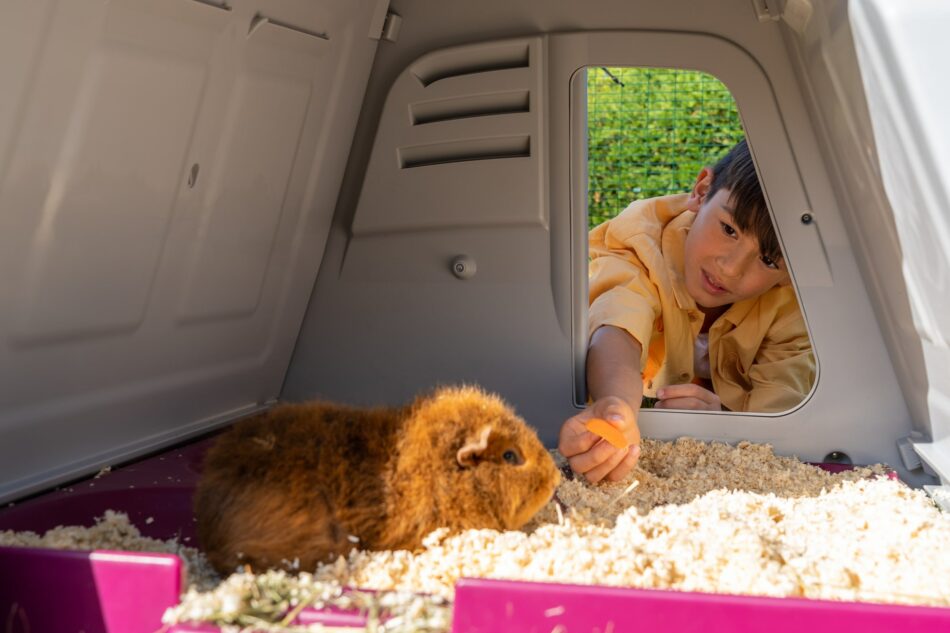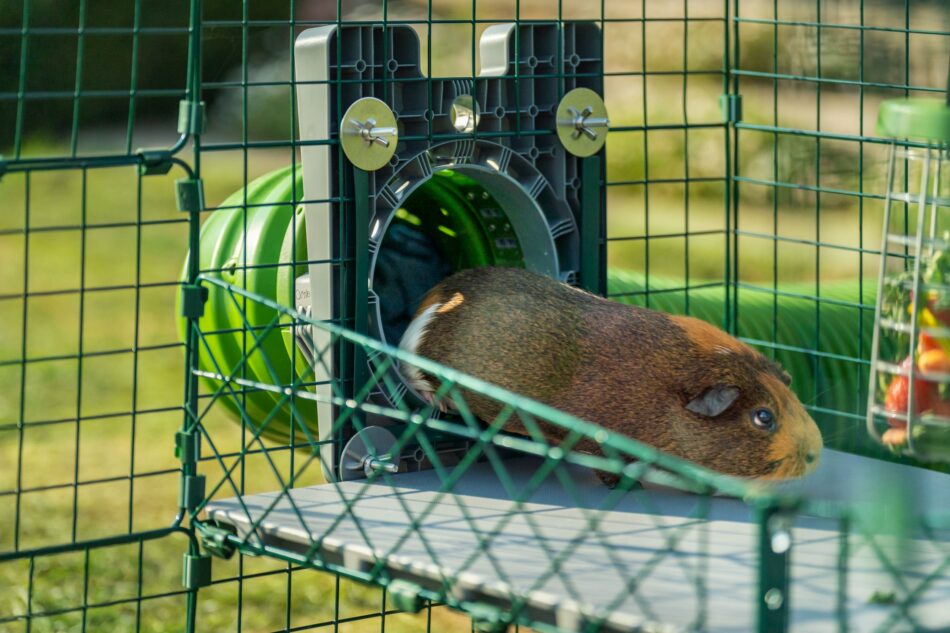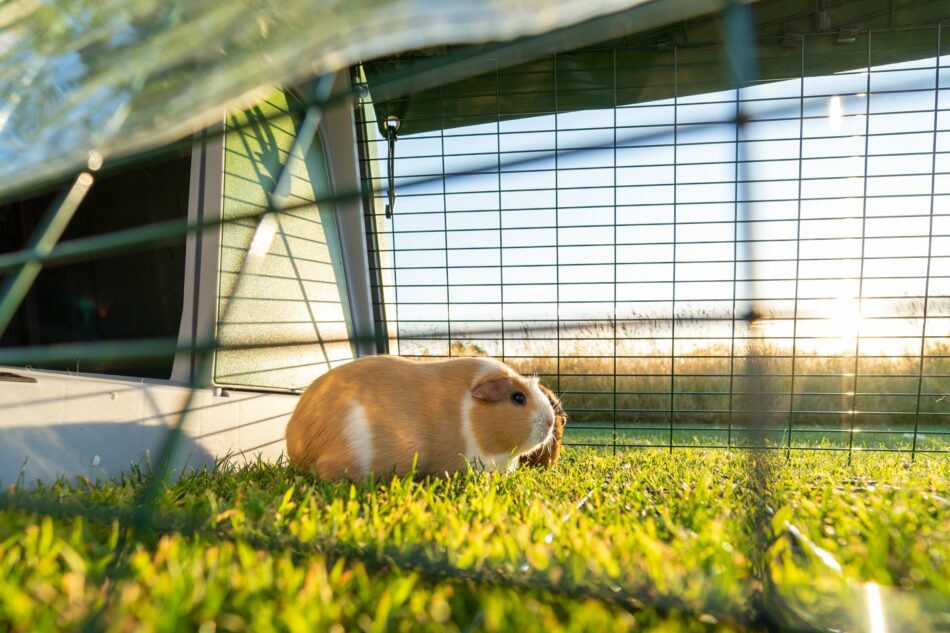12 facts you might not know about your guinea pig
Guinea pigs are amazing, social pets that have lots to offer the families that share a home with them. But do you know how they got their name, how much (or little) they sleep, and how many toes they have? These 12 facts you might not know about your guinea pig will increase your love and appreciation for your cavies.
1. What’s in a name?
“Guinea pig” is actually a misnomer. They aren’t from Papua New Guinea — rather, they originate from the Andes mountains of Peru. The first part of their name is due to them being sold for a guinea (an old English coin) when sailors brought them from South America.
2. Not pigs at all
The second half of a guinea pig’s name is also a misnomer. They aren’t related to pigs at all — they’re actually members of the rodent family. Guinea pigs are so named because of the grunting noises they make, which reminded people of piglets. The other term for guinea pigs is “cavies”, or singular, “cavy.” It comes from their scientific name Cavia porcellus, with porcellus meaning “little pig.”
3. Even more misnomers
Like pigs, male guinea pigs are called boars and females are called sows. But, instead of baby guinea pigs following suit and being called piglets, they’re called pups. Even though their names imply they are similar to puppies at birth, this too, is incorrect. In reality, canine puppies and guinea pig pups have very little in common at birth.
4. Born ready
“Pups” are born with fur and their eyes open, and are very mobile from an early age. Most other species of rodents are born hairless and blind, unable to venture beyond their nest during the first few days of life. Guinea pig pups can see, walk, hear, and even have teeth. This gives them an advantage as prey animals in the wild.
5. Size and stature
Fully grown guinea pigs weigh between 1 and 3 pounds and are 8 to 16 inches long. Boars tend to be larger than sows, but should not be overweight. Guinea pigs are prone to obesity, which may be difficult to detect due to their oblong, potato-like shape. Cavies are considered overweight if you can’t feel their spine, ribs, or hips through their fat, or if they develop visible fat pads.
6. A longer lifespan than other rodents
Small pets aren’t known for their long lifespans, but guinea pigs actually live a relatively long life when they’re well cared for. The average lifespan of a domesticated guinea pig is 5-7 years.
7. Abnormal number of digits
Guinea pigs have 4 toes on their front feet, but only 3 on their back feet. This brings their total toe count to 14. But, some guinea pigs may have more than the expected number of toes if they have a condition called “polydactyly” which is a genetic mutation that causes extra toes to grow.
8. Ever-growing teeth
Like other rodents, cavy teeth grow continuously throughout their lives. It’s important to give them food and treats to gnaw on to help them keep their teeth in check. Serving your guinea pigs’ favorite chews in a Caddi guinea pig treat holder will help keep their teeth-trimming treats at an accessible level.
9. Surprisingly little sleep
Guinea pigs don’t sleep much. In fact, they only sleep about 4-6 hours in a 24-hour period. They’re also proficient in power napping — taking short naps lasting anywhere from a few seconds to a few minutes, but usually not more than 30 minutes at a time. Cavies need a comfortable guinea pig hutch to get optimum rest during these short slumbers.
10. Very vocal
Guinea pigs have their own language, and are extremely vocal. Their broad range of noises include: purring, whining, shrieking, cooing, rumbling, hissing and teeth chattering. It’s very common for guinea pigs to greet their owners in what cavy keepers have dubbed a “wheek” — a happy, excited noise that a guinea pig emits.
11. Cavy companions
Guinea pigs are very social animals and need companionship to thrive. Their vast vocabulary and social relationships are best shared with other cavies. Bonded pairs are usually the happiest, but some guinea pigs will happily live in a social group of 3 or more. Remember to only keep same-gendered or spayed and neutered pairs together to avoid accidental litters.
12. A coat for every occasion
Guinea pigs come in a variety of colours and textures. Their different breeds create long and short coats with textures ranging from curly and wavy, to short and smooth, to no hair at all.
Owning guinea pigs with Omlet
Cavies are cute, quirky pets that the whole family can enjoy. By housing them in secure outdoor guinea pig hutches, you’ll be able to observe all of the wonderful attributes that your cavies display. Elevate their favourite foods and watch them exhibit these natural behaviours while observing the unique attributes that make guinea pigs some of the most entertaining and enjoyable pets to share your space with.
This entry was posted in Guinea Pigs


